The definition of VSWR
Apr 26, 2024
May 9, 2020
Standing Wave Ratio is called Voltage Standing Wave Ratio, also known as VSWR and SWR, which is the abbreviation of English Voltage Standing Wave Ratio.In the incident wave and the reflected wave phase of the same place, the voltage amplitude is added to the maximum voltage amplitude Vmax, the formation of the wave belly; in the incident wave and the reflected wave phase of the opposite place the voltage amplitude is reduced to the minimum voltage amplitude Vmin, the formation of the wave section. Other points of the amplitude value is between the belly and the wave section. This synthetic wave is called a standing wave. Standing wave ratio is the standing wave wave at the sound pressure amplitude Vmax and the amplitude of the sound pressure at the wave section Vmin ratio. In the standing wave tube method, the standing wave ratio can be measured to find the sound reflection coefficient and sound absorption coefficient of the sound-absorbing material.In radio communication, the impedance mismatch between antenna and feed line or the impedance mismatch between antenna and transmitter, high-frequency energy will be reflected and folded back, and with the forward part of the interference convergence occurs standing wave. In order to characterise and measure the standing wave characteristics of antenna system, that is, the antenna forward wave and reflected wave situation, people established the concept of "standing wave ratio".SWR=R/r=(1+K)/(1-K)Reflection coefficient K=(R-r)/(R+r)R and r in the formula are the output impedance and input impedance, respectively. When the two impedance values are the same, that is, to achieve a perfect match, the reflection coefficient K is equal to 0, the VSWR is 1. This is an ideal situation, in fact, there is always reflection, so the VSWR is always greater than 1.RF system impedance matching. Special attention should be paid to the voltage VSWR to meet certain requirements, because in the broadband application of a wide range of frequencies, the VSWR will change with the frequency, the impedance should be matched as far as possible in a wide range.Meaning of VSWR:VSWR is a numerical value that indicates whether the antenna and the radio transmitter are matched. If the value of SWR is equal to 1, it means that the waves transmitted to the antenna are not reflected and are all emitted, which is the ideal situation. If the value of SWR is greater than 1, it means that some of the waves are reflected back and eventually turn into heat, causing the feed line to warm up. The reflected waves can also generate quite high voltages at the output of the transmitter, potentially damaging the transmitter.

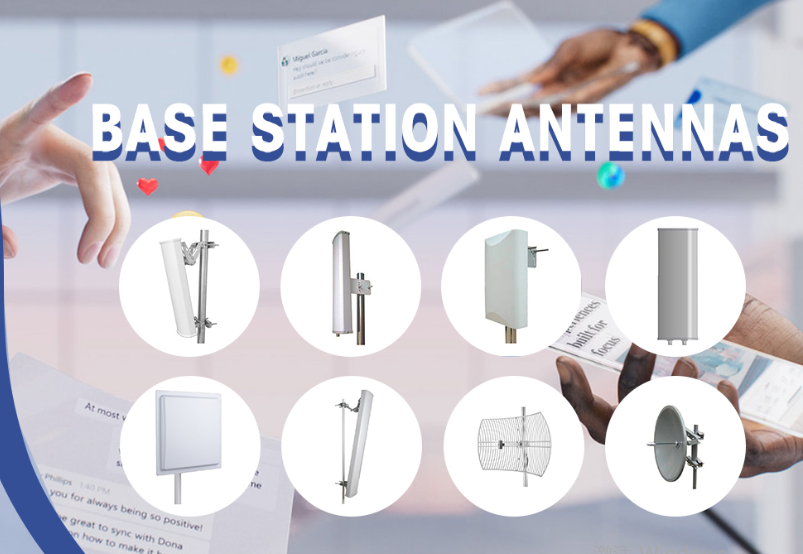 Base Station Antenna
Jun 26, 2023
May 9, 2020
Base Station Antenna
Jun 26, 2023
May 9, 2020
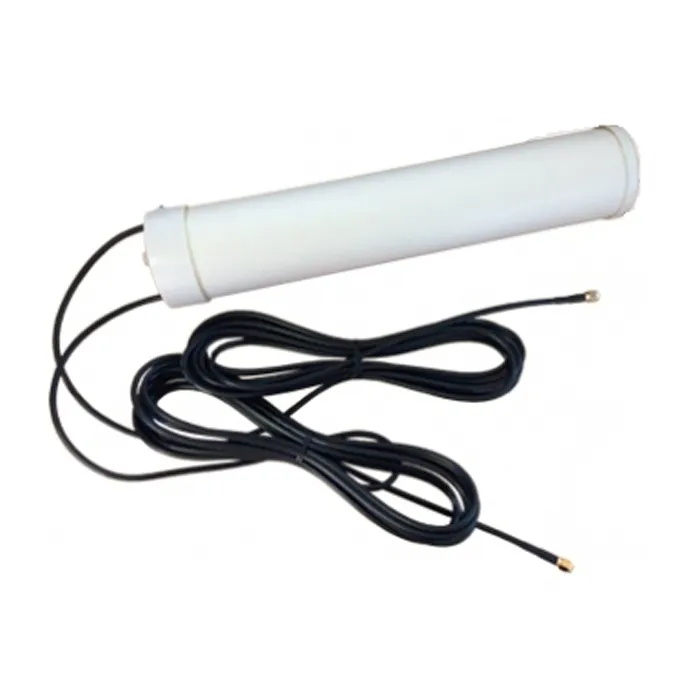 Why you choose to use fiberglass antenna?
Jun 21, 2023
May 9, 2020
Why you choose to use fiberglass antenna?
Jun 21, 2023
May 9, 2020
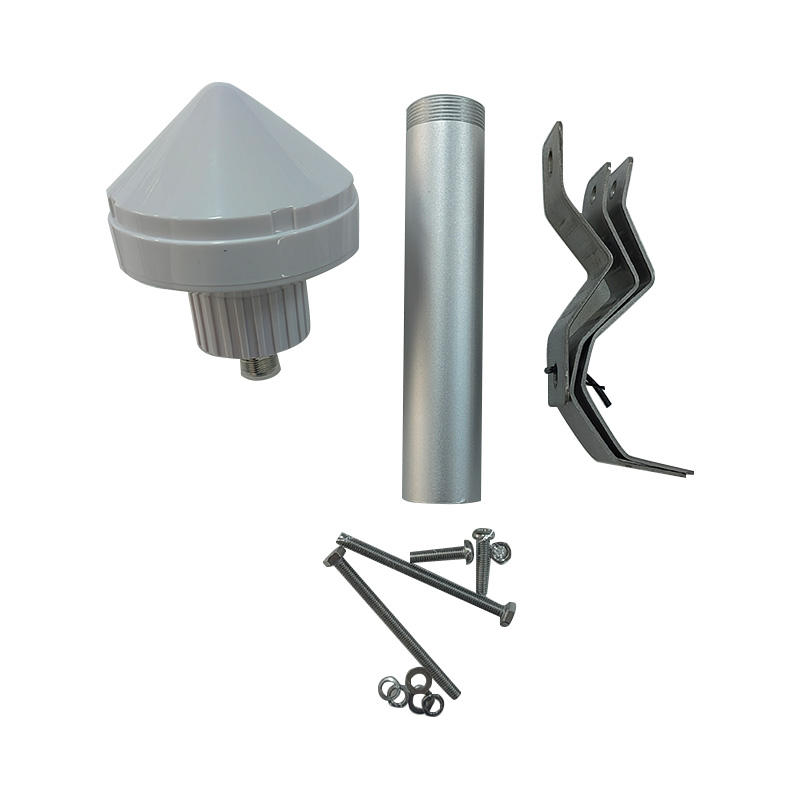 What is the difference between GPS antenna and GSM antenna?
Apr 20, 2023
May 9, 2020
What is the difference between GPS antenna and GSM antenna?
Apr 20, 2023
May 9, 2020
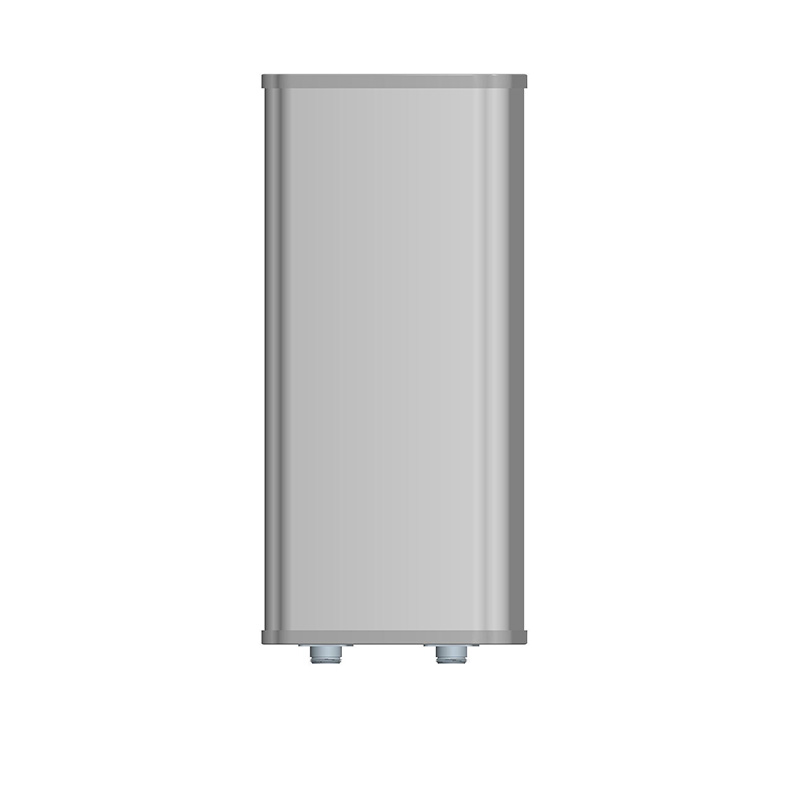 Antenna downtilt mode
Apr 20, 2023
May 9, 2020
Antenna downtilt mode
Apr 20, 2023
May 9, 2020
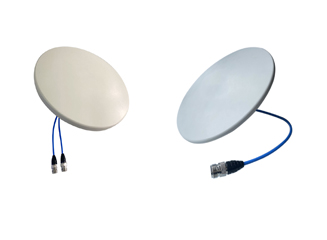 What's the difference Between MIMO and SISO Antenna?
Mar 18, 2023
May 9, 2020
What's the difference Between MIMO and SISO Antenna?
Mar 18, 2023
May 9, 2020